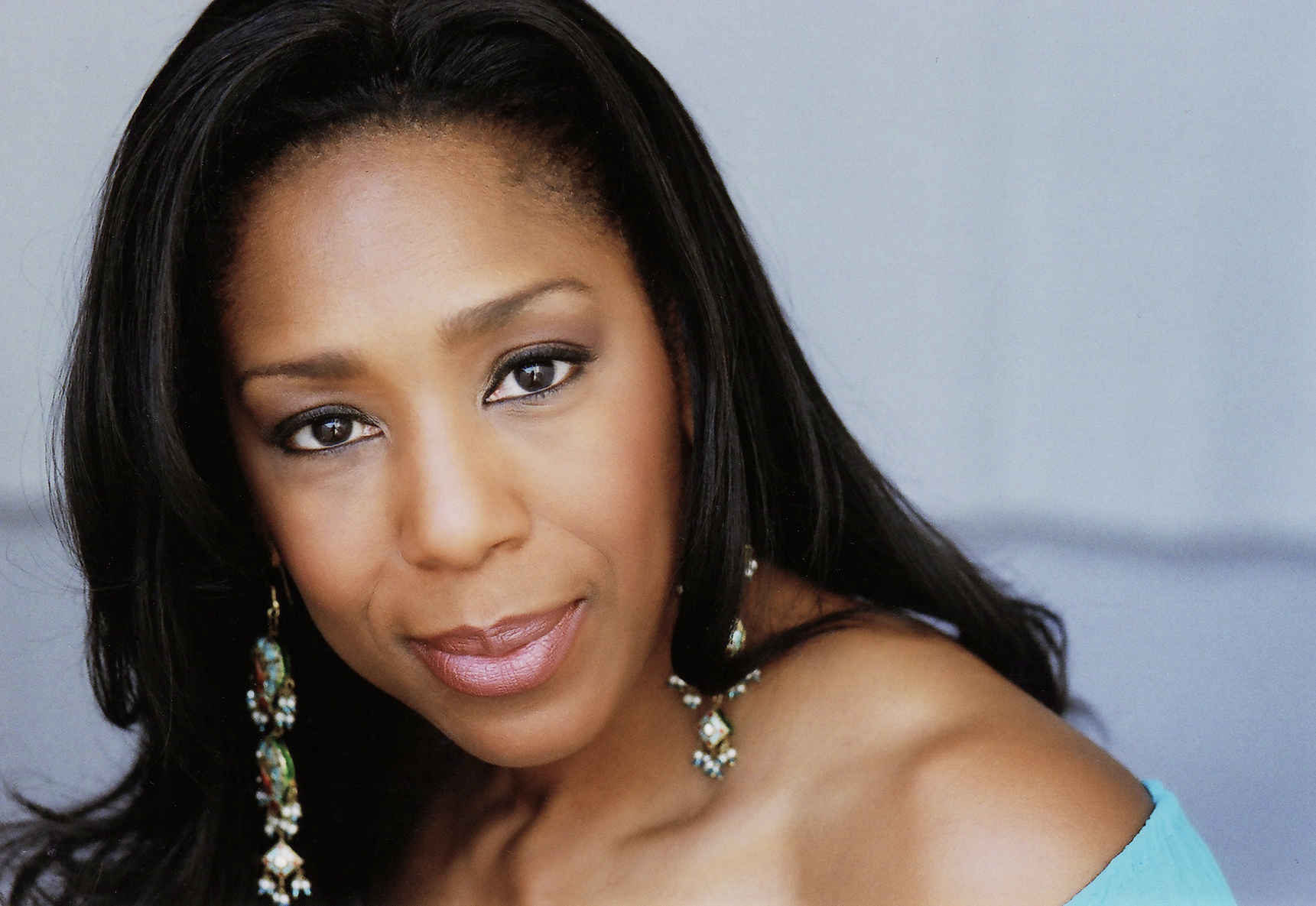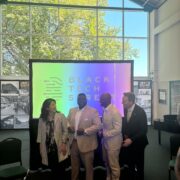
By Margaret Hicks
Staff Writer
mhicks@theoklahomaeagle.net
On Thursday night, November 16, 2016, The John Hope Franklin Center for Reconciliation held its 2017 Dinner of Reconciliation, where about 580 people were in attendance. John W. Franklin, son of the late John Hope Franklin, and Senior Manager, for the Office of External Affairs, at the Smithsonian Institution’s National Museum of African American History& Culture, was present to introduced Keynote speaker Dawnn Lewis.
The event was elegant with good fellowship, good food that was catered and served family style by The School of Culinary Arts at Oklahoma State University Institute of Technology.
The program opened with a soulful rendition of America the Beautiful, with the heart felt compassion of Ray Charles’ version of the song. This was performed by Pastor DeAnn Cooks, Sanctuary Evangelistic Church, who was accompanied by David Smith, Director of Music at All Souls Unitarian Church.
The program was chock full of people that included Booker T. Washington High School’s Color Guard, Rabbi Marc Fitzerman, Mayor G.T. Bynum, Dr. Dwayne Dickens, Sheryl Lovelady, Kripalaya Dance Academy, Dr. Preston & Mrs. Melody Phillips, Sam Combs, II, and Russ Newman. Master and mistress of ceremonies were Rev. Jeff Jaynes & Mrs. Alicia Latimer.
The Keynote Address
Keynote Speaker, Dawnn Lewis had the task of speaking on How Art Affects Reconciliation in A Community.”
In her brief speech, about 30 minutes, Lewis shared the impact that the entertainment industry has on what people see, believe, and understand, about cultures; theirs as well as others. She said that some of her earliest images of what the world could be like was learned from the original Star Trek series, which aired from 1966 – 1969. Lewis was between the ages of five and eight during that time, and astute enough to think “This is cool,” and believe that “There’s room for EVERYBODY!”
What made her think that thought, was the make-up of the crew on the starship Enterprise on the TV series Star Trek. She said there was “…a guy with slanted eyes, and pointed ears, that was brilliant!” She was speaking of Spock, the half-human, half-Vulcan. A real alien. And there was the man with the Russian accent (actually, that one was Scottish) who could fix anything; then there was the Japanese guy who could steer the ship through space. Then there was this hot sister with the thigh high boots communicating with people in other galaxies!”
To her this was amazing and in her mind, there was room for everyone, and she thought everyone is valuable, and everyone is fantastic.
She said as she grew up she found herself in a world where people try to pigeon hole you and make you feel that you are “less than” and not a part of the solution, but were the source of the problem, and that the only room that is available to you is the room that they allow you to have; if they choose to allow you to have it.
She said also noticed that “…all the bad guys in space were black, with bad skin,
scrunchy foreheads, bad attitudes and messed-up teeth.” About this time her message was getting pretty deep and she threw in some comic relief commenting that “Black folks had no dental plans in the future.”
She said that subconsciously, while entertainment engages us it can also cause us to have some distorted opinions of who people are and what they bring to the table; and what we can “carefully, and sometimes carelessly,” leave out of the equation, so we don’t give credit where credit is due. This can either be good or bad.
To prove her point she asked the audience this question: “When a crime is committed, and the ethnicity is not mentioned what do we know?” The immediate response was “it was a white person.” She said. We always know if it was a black or white person who committed the crime because if they are black they say so. If no ethnicity is mention, we know they are white. Nobody has to teach you that.”
Lewis talked about the “technology” used in the old Star Trek series. Things that we saw back then, that we thought to be impossible are realities today. Things like the communicator, and tricorder which was used by the crew of the starship Enterprise. They are today’s cell phones, iPads and other communicative devices.
Which Came First?
She said she was not sure which came first, Tiny Lister or Morgan Freeman playing a black US president. The Eagle’s research shows that it was Lister in the 1997 film The Fifth Element, and Freeman the following year in Deep Impact. She said that she said to herself “this will never happen, this is meant to entertain, it is only in the movies.” But in 2008 Obama was elected. But before Obama, there was Shirley Chisholm. Chisholm became the first black major-party candidate to run for President of the United States, in the 1972 U.S. presidential election.
She asked the question is it “Life imitating art, or art imitating life?” She said whichever came first doesn’t matter. What does matter is that we choose to use our personal power over our creativity for the betterment of humankind, and our better understanding of each other.










